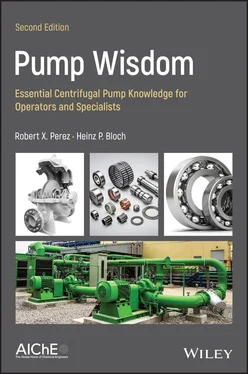After the pumped fluid (also labeled pumpage, or flow) leaves at the impeller tip, it must be channeled into a stationary passageway that merges into the discharge nozzle. Many different types of passageway designs (single or multiple volutes, vaned diffusers, etc.) are available. Their respective geometry interacts with the flow and creates radial force action of different magnitude around the periphery of an impeller ( Figure 1.9). These forces tend to deflect the pump shaft; they are greater at part‐flow than at full flow.
Recirculation and Cavitation
Recirculation is a flow reversal near either the inlet or discharge of a centrifugal pump. This flow reversal produces cavitation‐erosion damage that starts on the high‐pressure side of an impeller vane and proceeds through the metal to the low‐pressure side [5].
Pump‐internal recirculation can cause surging and cavitation even when the available net positive suction head (NPSH a) exceeds the manufacture's published NPSH required (NPSH r) by considerable margins. Also, extensive damage to the pressure side of impeller vanes has been observed in pumps operating at reduced flow rates. These are the obvious results of recirculation; however, more subtle symptoms and operational difficulties have been identified in pumps operating in the recirculation zone.
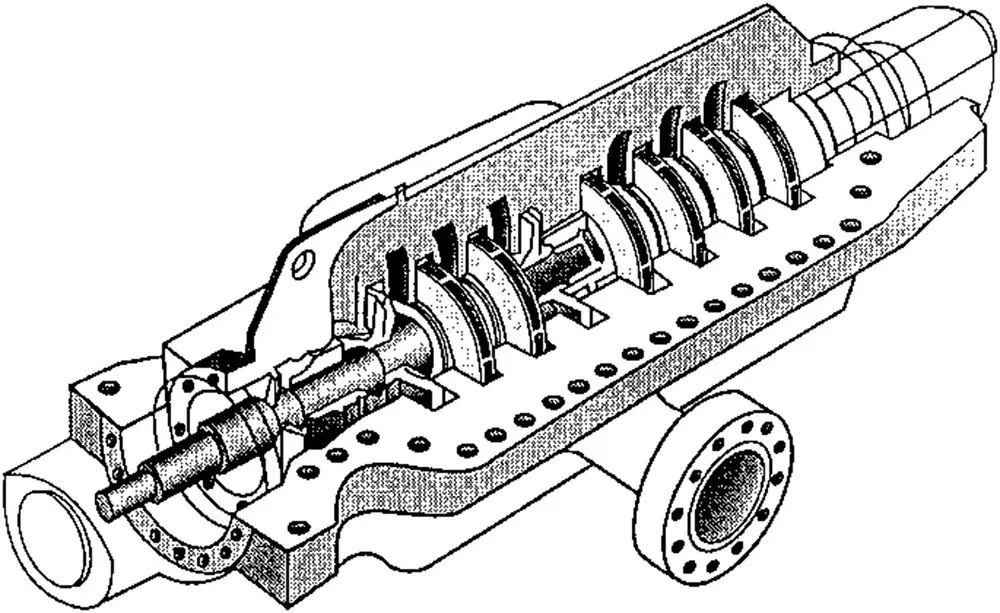
Figure 1.8 A multistage centrifugal process pump.
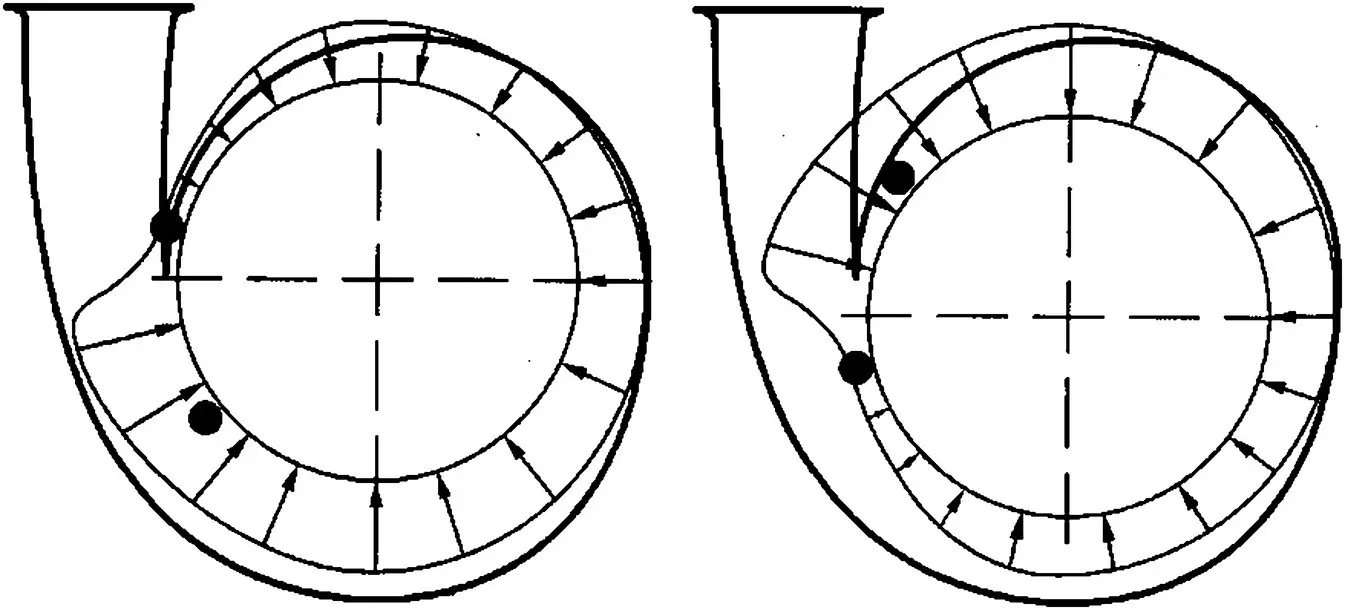
Figure 1.9 Direction and magnitude of fluid forces change at different flows.
Source: World Pumps, February 2010, pp. 19.
Symptoms of discharge recirculation are the following:
Cavitation damage to the pressure side of the vane at the discharge
Axial movement of the shaft, sometimes accompanied by damage to the thrust bearing
Cracking or failure of the impeller shrouds at the discharge
Shaft failure on the outboard end of double‐suction and multistage pumps
Cavitation damage to the casing tongue (see Chapter 11) or diffuser vanes
Symptoms of suction recirculation are the following:
Cavitation damage to the pressure side of the vanes at the inlet
Cavitation damage to the stationary vanes in the suction
Random crackling noise in the suction; this contrasts with the steady crackling noise caused by inadequate net positive suction head
Surging of the suction flow
A quick‐reference illustration was provided by Warren Fraser Figure 1.10. We should note that recirculation and the attendant failure risks are low in pumps delivering 2500 gpm or less at heads up to 150 ft. In those pumps, energy levels may not be high enough even if the pump operates in the recirculation zone. As a general rule for such pumps, minimum flow can be set at 50% of recirculation flow for continuous operation and 25% of recirculation flow for intermittent operation [6].
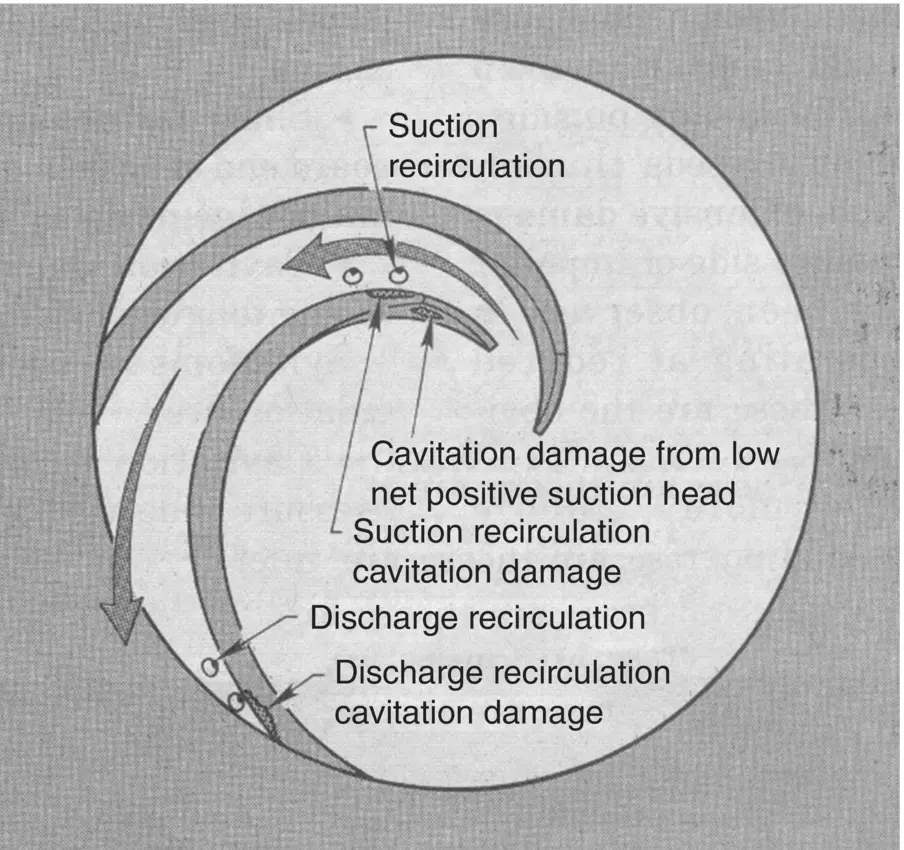
Figure 1.10 Where and why impeller vanes get damaged.
Source: Fraser [5].
The Importance of Suction Specific Speed
Note that pump suction specific speed ( N ssor N sss) differs from the pump specific speed N sdiscussed earlier. For installations delivering over 2500 gpm and with suction specific speeds over 9000, greater care is needed. Suction specific speed ( N sssor N ss) is calculated by the straightforward mathematical expression:

wherein both the flow rate and NPSH rpertain to conditions published by the manufacturer. In each case, these conditions (flow in gpm) and NPSH rare observed on the maximum available impeller diameter for that particular pump.
The higher the design suction specific speed, the closer the point of suction recirculation to what is commonly described as rated capacity. Similarly, the closer the discharge recirculation capacity is to rated capacity, the higher the efficiency. Pump system designers are tempted to aim for highest possible efficiency and suction specific speed. However, such designs might result in systems with either limited pump operating range or, if operated inside the recirculation range, disappointing reliability and frequent failures.
Although more precise calculations are available, trend curves of probable NPSH rfor minimum recirculation and zero cavitation‐erosion in water, Figure 1.11, are sufficiently accurate to warrant our attention [7]. The NPSH rneeded for zero damage to impellers and other pump components may be many times that published in the manufacturer's literature. The manufacturers' NPSH rplot (lowermost curve in Figure 1.11) is based on observing a 3% drop in discharge head or pressure; at Q = 100%, we note NPSH r= 100% of the manufacturer's claim. Unfortunately, whenever this 3% fluctuation occurs, a measure of damage may already be in progress. Assume the true NPSH ris as shown in Figure 1.11and aim to provide an NPSH ain excess of this true NPSH r.
In Ref. [7], Irving Taylor compiled his general observations and alerted us to this fact. He cautioned against considering his curves totally accurate and mentioned the demarcation line between low and high suction specific speeds somewhere between 8000 and 12 000. Many data points taken after 1980 point to 8500 or 9000 as numbers of concern. If pumps with N ssnumbers higher than 9000 are being operated at flows much higher or lower than BEP, their life expectancy or repair‐free operating time will be reduced.
In the decades after Taylor's presentation, controlled testing has been done in many industrialized countries. The various findings have been reduced to relatively accurate calculations that were later published by HI, the Hydraulic Institute [8]. Relevant summaries can also be found in Ref. [9]. Calculations based on Refs. [8, 9] determine minimum allowable flow as a percentage of BEP.
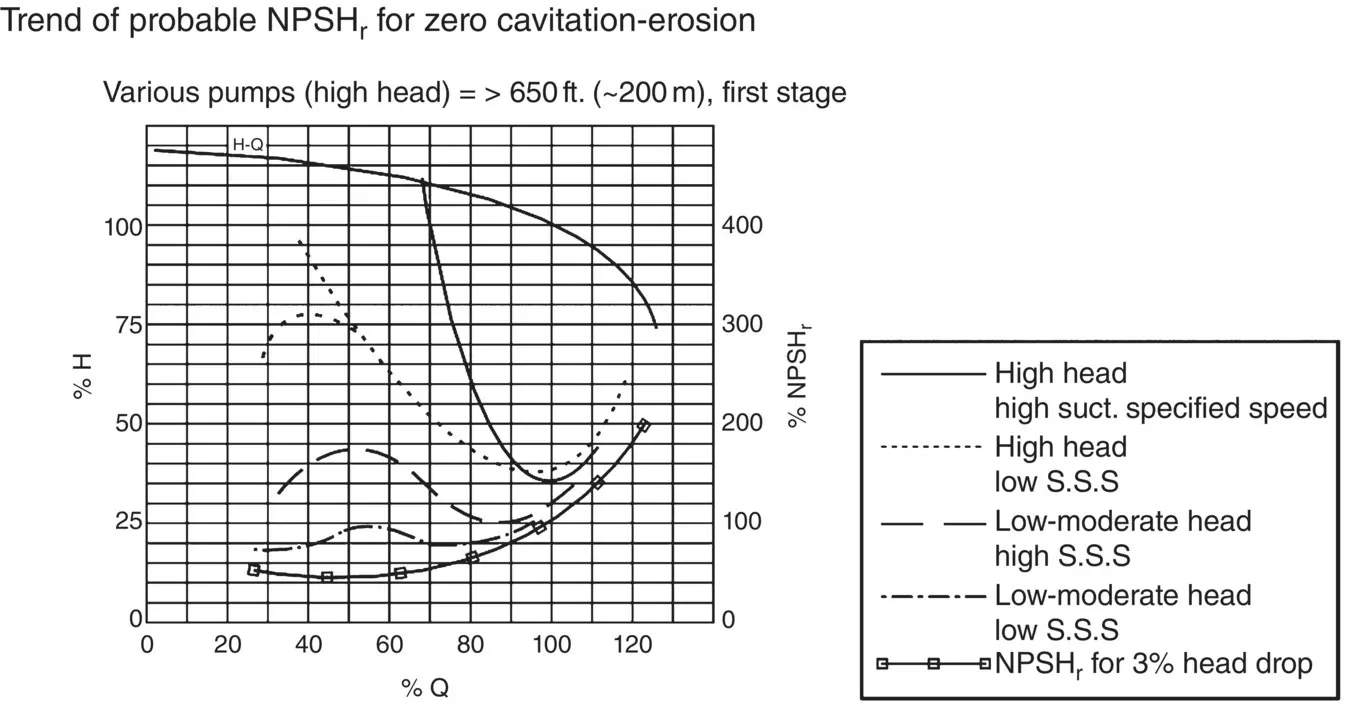
Figure 1.11 Pump manufacturers usually plot only the NPSHr trend associated with the lowermost curve. At that time a head drop or pressure fluctuation of 3% exists and cavitation damage is often experienced.
Source: Taylor [7].
Note, again, that recirculation differs from cavitation, a term which essentially describes vapor bubbles that collapse. Cavitation damage is often caused by low net positive suction head available (NPSH a). Such cavitation‐related damage starts on the low‐pressure side and proceeds to the high‐pressure side. An impeller requires a certain net positive suction head; this NPSH ris simply the pressure needed at the impeller inlet (or eye) for relatively vapor‐free flow.
Understanding the concepts of N sand N sswill assist in specifying better pumps. In addition to fluid properties pump life is influenced by throughput. Just as an automobile transmission is designed to work best at particular speeds or optimum gear ratios, pumps have desirable flow ranges. Deviating from optimum flow will influence failure risk and life expectancy.
Читать дальше
